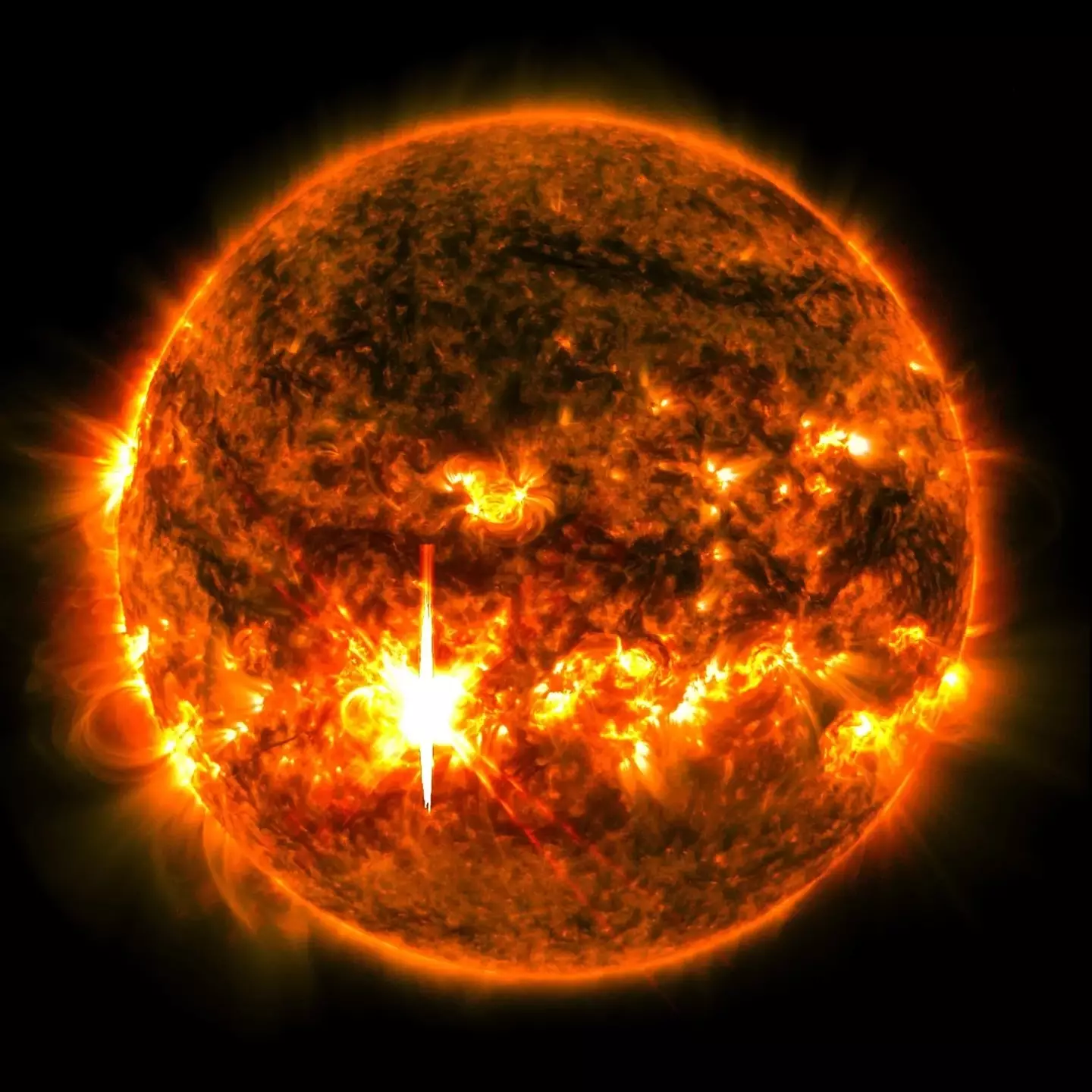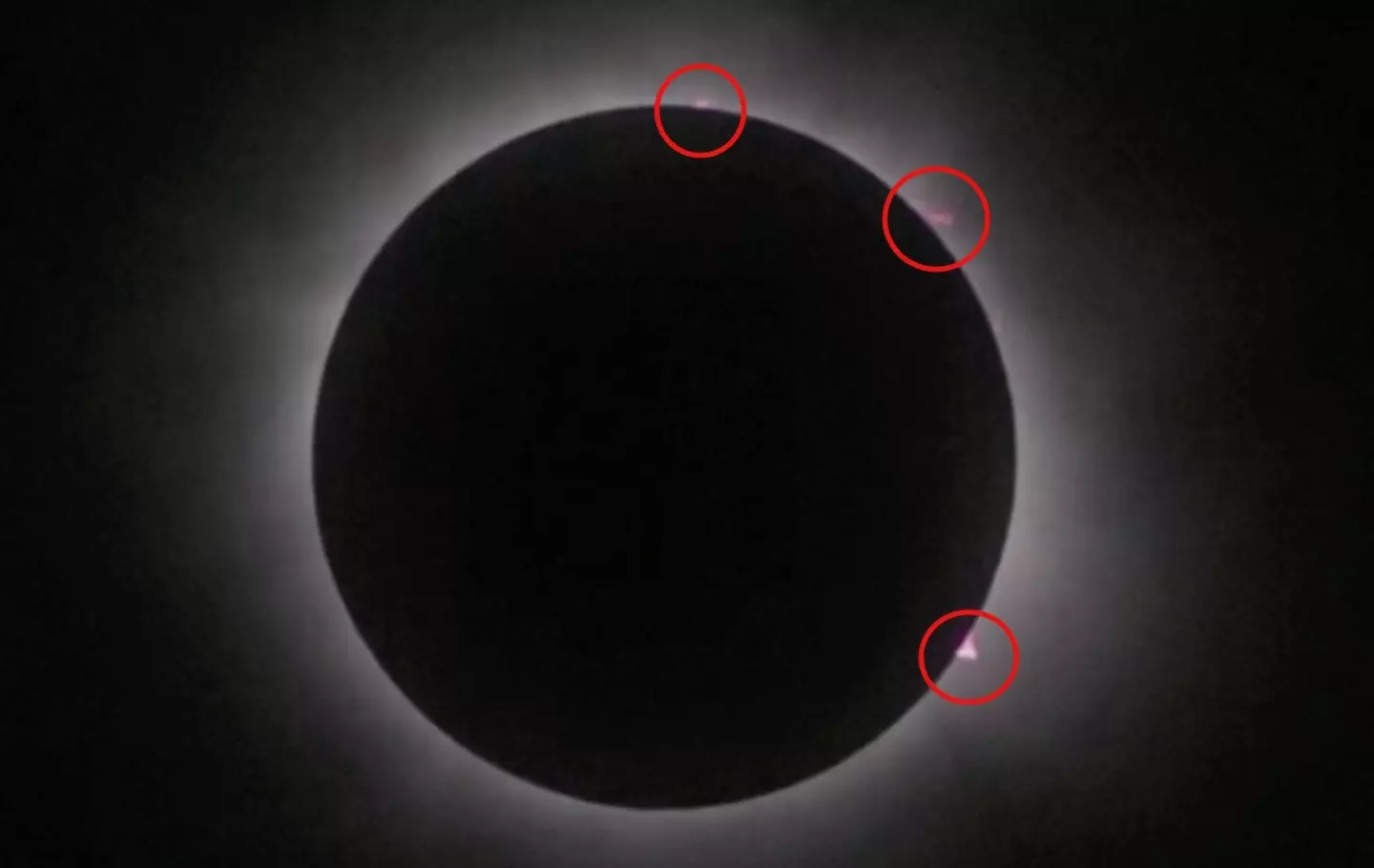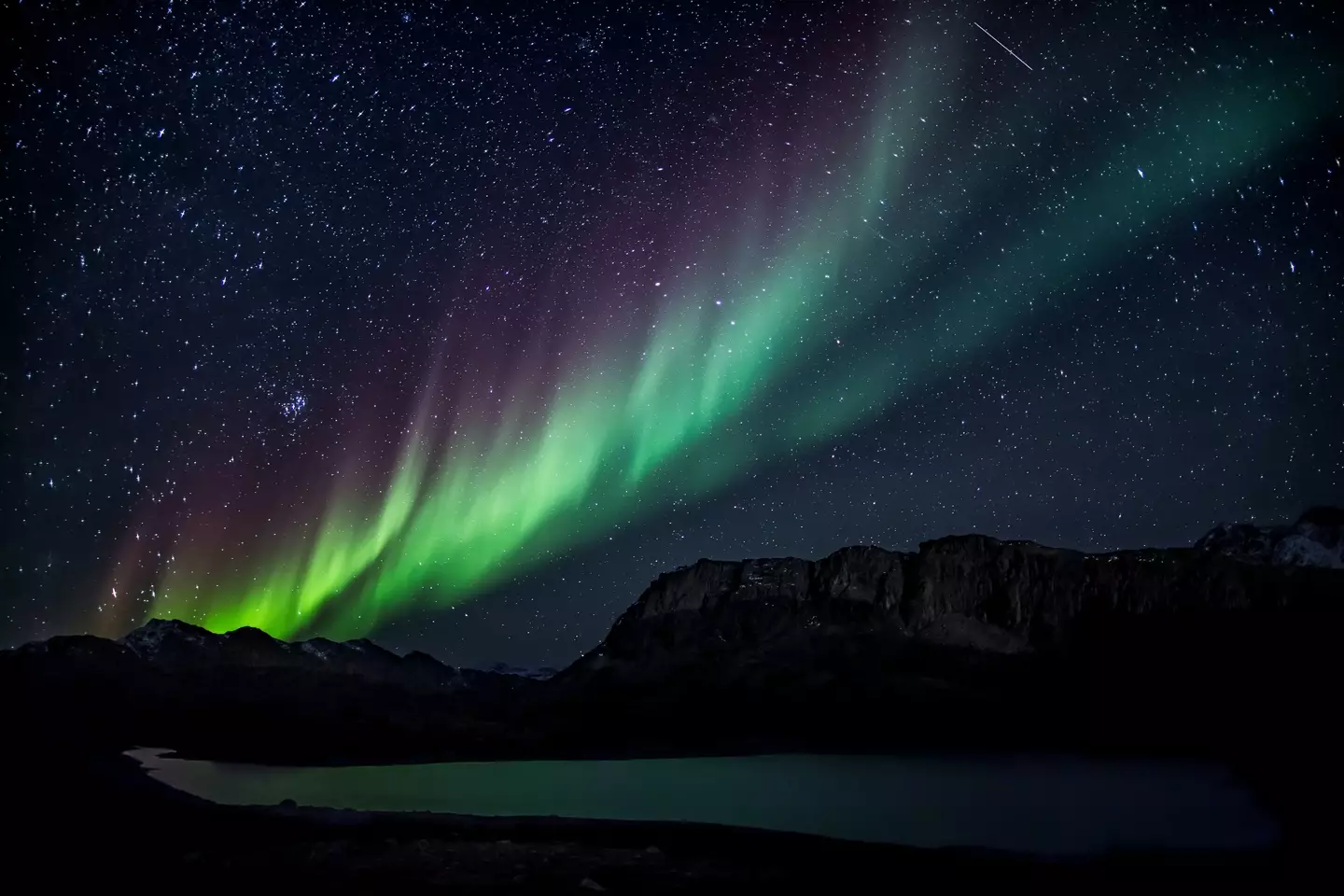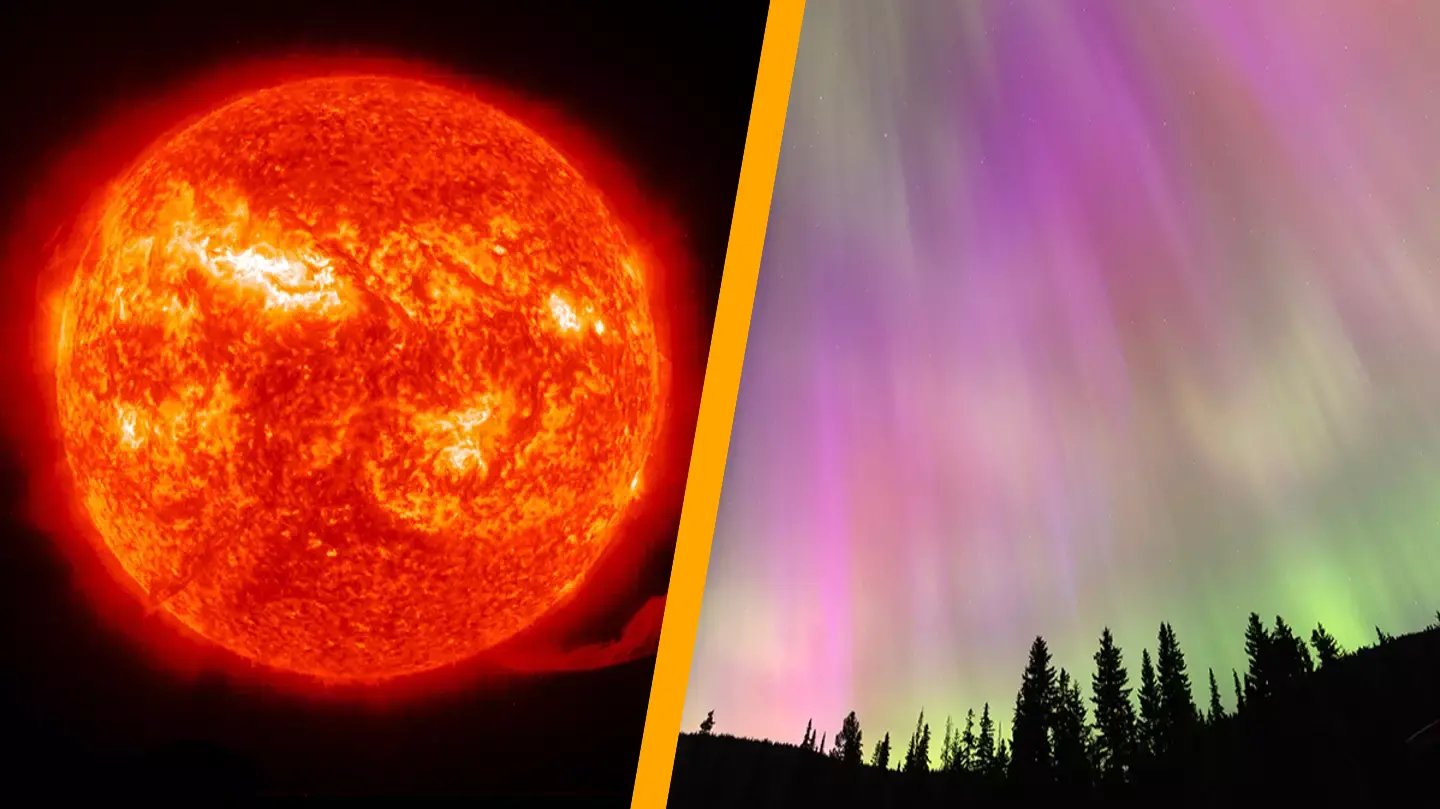Solar flares emitted by the Sun may affect the Earth with a delay.
On October 1st, a Tuesday, the Sun unleashed two massive solar flares that resulted in temporary radio blackouts across large areas of the Pacific Ocean.
The flares occurred a few hours apart, with the latter being classified as an X-class flare, reaching a magnitude of X7. This makes it the second most powerful solar explosion of the ongoing solar cycle.
Solar flares are categorized by their size: B-class are the smallest, followed by C, M, and the largest being X-class flares.
As NASA explains on its website, “Similar to the Richter scale for earthquakes, each letter represents a ten-fold increase in energy output.”
The most significant flare of the current solar cycle, which spans approximately 11 years, happened in May and had a magnitude of X8.9.
Besides causing brief blackouts, the flares also produced a geomagnetic event called a coronal mass ejection (CME), which may lead to further complications in the future.

Spaceweather.com reports that the CME could return towards Earth as soon as Friday, October 4th, potentially bringing a G3-class geomagnetic storm. A G5-class storm is the most extreme for context.
The site describes the events: “Fast-growing sunspot AR3842 erupted on Oct 1st (2220 UT), producing the second-strongest solar flare of Solar Cycle 25. The X7.1-category blast caused a shortwave radio blackout over Hawaii and hurled a faint halo CME into space.”
“NOAA forecasters are predicting a strong G3-class geomagnetic storm when the CME arrives as early as Oct. 4th.”

Such storms can disrupt navigation systems like the Global Navigation Satellite System (GNSS) and cause harmful geomagnetic induced currents (GICs) within power grids and pipelines, according to NOAA.
These storms are also known for creating stunning aurora borealis displays.
The stronger the storm, the higher the likelihood of significant impacts on Earth. Given the strength of Tuesday’s flare, a substantial storm could be on the way.

This year has seen intense solar activity. In May, scientists issued a warning ahead of the most significant solar storm in nearly two decades.
Numerous solar storms occurred that month, but the one that garnered attention was a G4 class event, classified as ‘Severe’, ranking second to an ‘Extreme’ G5 storm.
NOAA described the occurrence as ‘very rare’ and noted it as an ‘unusual event’.

